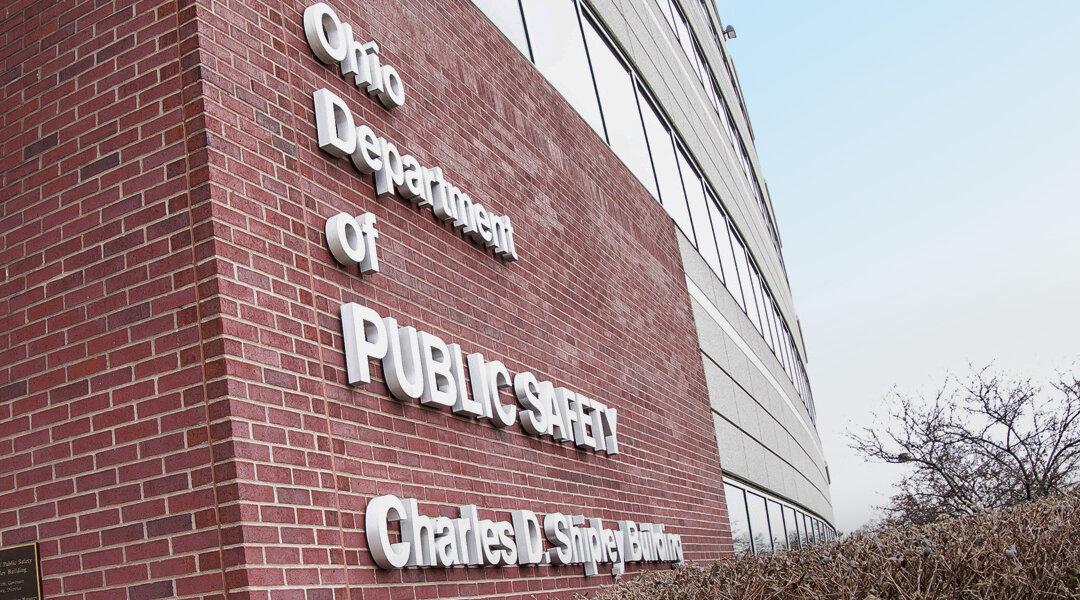In what is being touted as the largest private economic development project investment in Ohio history, Gov. Mike DeWine and Intel CEO Pat Gelsinger announced on Jan. 21 that the semiconductor manufacturing giant will place two of its fabrication plants in Licking County outside Columbus.
A $20 billion project, Intel’s microchip plants are aimed at enhancing the global economy, bolstering national security, and adding thousands of local jobs, DeWine and Gelsinger said.




